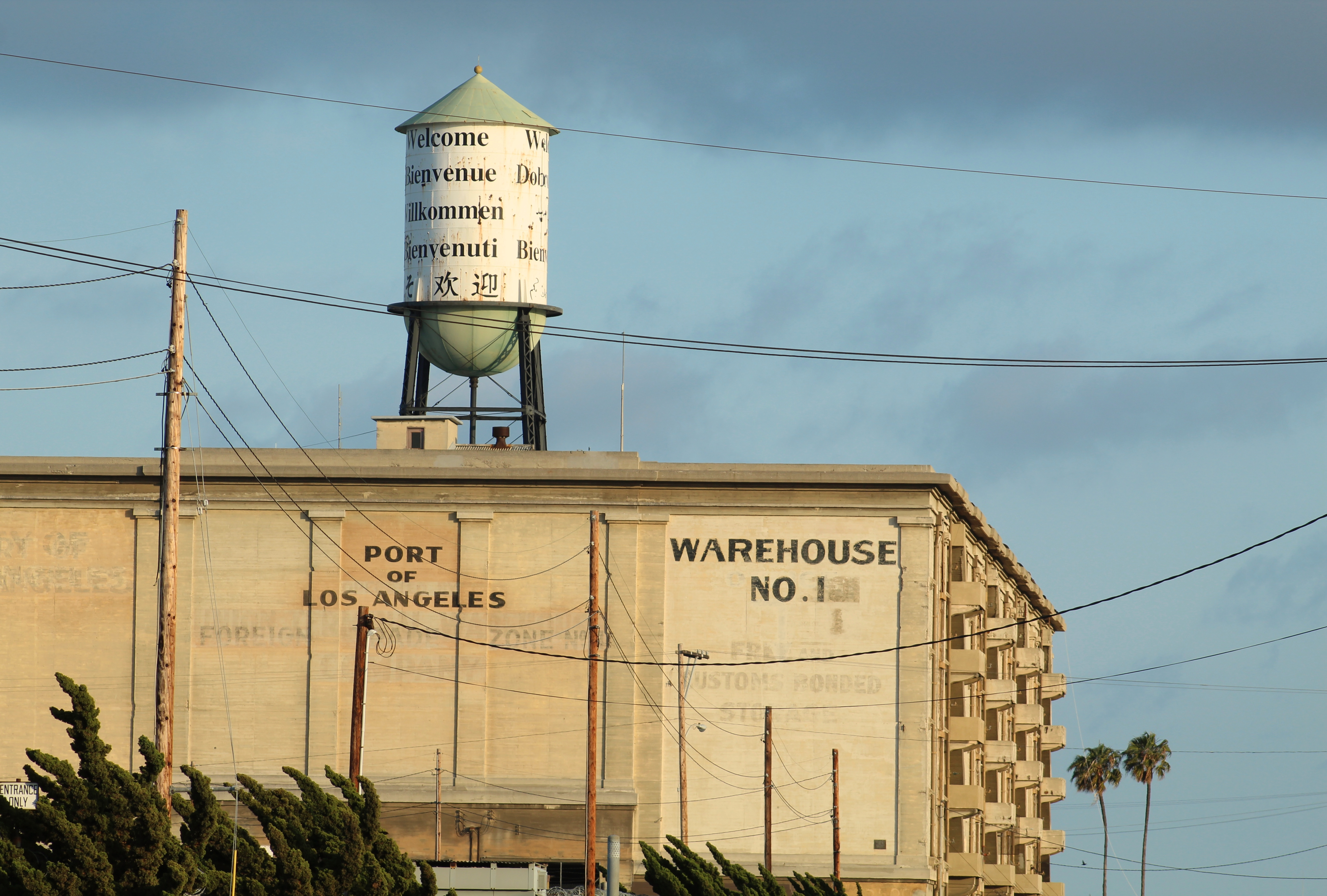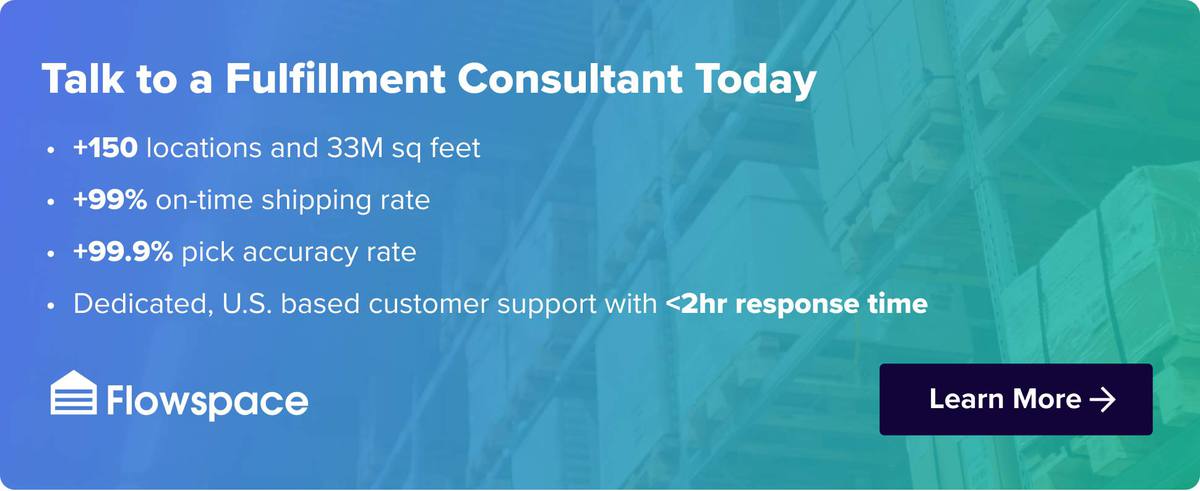
Before we discuss the top warehousing locations in Los Angeles, we need to understand how big California is for warehousing. California’s economy is the 5th largest in the world. Nearly 40% of all imported freight into the United States funnels through California, and nearly half of that product is consumed in California.
These statistics are in part due to California’s large population, which qualifies it as the most populous state in the U.S. Such a large population is bound to consume a lot of resources.
However, many are surprised to discover that much of California’s economic activity takes places in the greater Los Angeles area.
What are the Top Warehousing Locations in Los Angeles
The reason why Los Angeles is such a hot spot for commerce is the area’s proximity to the two busiest ports in the United States; The Port of Los Angeles and The Port of Long Beach.
The two ports combined funnel approximately 30% of all freight into the U.S, which is a statistic that is estimated to grow exponentially with the evolution of eCommerce.
In fact, according to the CBRE more the 1.2 million sq. ft. is needed to accommodate the rapidly growing warehousing needs of the eCommerce industry.
Before you flock to California in a 2018 rendition of the California gold rush there are several warehousing facets that first needs to be considered.
What to Consider
Port Proximity- The proximity of a warehouse to the Port of Los Angeles or the Port of Long Beach is critically important to determining the cost of land, labor, and transportation.
Land, Labor, & Transportation- Real-estate is always costlier near the water, and the same rule of thumb applies to warehousing in Los Angeles.
Warehousing space and labor are in short supply and high demand in the areas that are in close proximity to either port.
However, due to the proximity of warehouse spaces in the area surrounding the ports of LA and Long Beach, transportation and drayage costs are often significantly lower.
Inventory Turn Rate- In general, the quicker a warehouse turns its inventory the closer it should be in relation to a port. A quick inventory turn-around amounts to a constant flow of containers and trailers from the port.
Businesses can reduce the cost of transportation by locating their warehouses as close as they can to either the Port of Los Angeles or the Port of Long Beach.
Los Angeles
Los Angeles is home to the nation’s two busiest ports; the Port of LA and the Port of Long Beach. Because both ports reside entirely within the city of Los Angeles, a number of areas have developed into prime warehousing locations.
However; the two areas that are in closest proximity to either port is the South Bay area and Long Beach.
South Bay
South Bay encompasses the area immediately surrounding the Port of Los Angeles. Drayage and transportation costs are low; however, land and labor costs can be exuberant, if you can find them.
Long Beach
Long Beach is obviously the ideal location for warehouses with a steady supply of freight from the Port of Long Beach but, like the South Bay area, labor and vacant space is challenging to find.
Orange County
Orange County encompasses the region just south of Los Angeles and falls within 25-50-mile port proximity. Orange County is home to more than 300 million sq. ft. of warehousing space which is distributed between the towns of:
Inland Empire
The Inland Empire lays sixty miles east of Los Angeles and comprises the towns of:
Inland Empire offers much in terms of available warehousing space, modern warehouses, competitive real-estate costs and a low cost of living. Accordingly, drayage and transportation costs are approximately 30% higher than warehouses with closer port proximity.
Ecommerce is growing at the rate of consumer demand, and whether your product is on its way to Maine, or Texas, there is a good chance it came through the Port of Los Angeles.
Those looking to capitalize on the growth of eCommerce should do so as close to the action as they can. For warehousing in 2018, the Los Angeles area is the place to be.
Flowspace has multiple warehouses in Los Angeles who can handle your inventory. Get started today!







